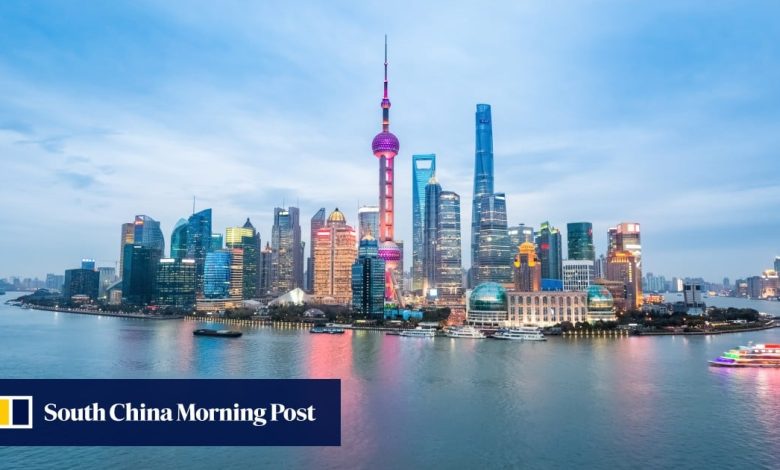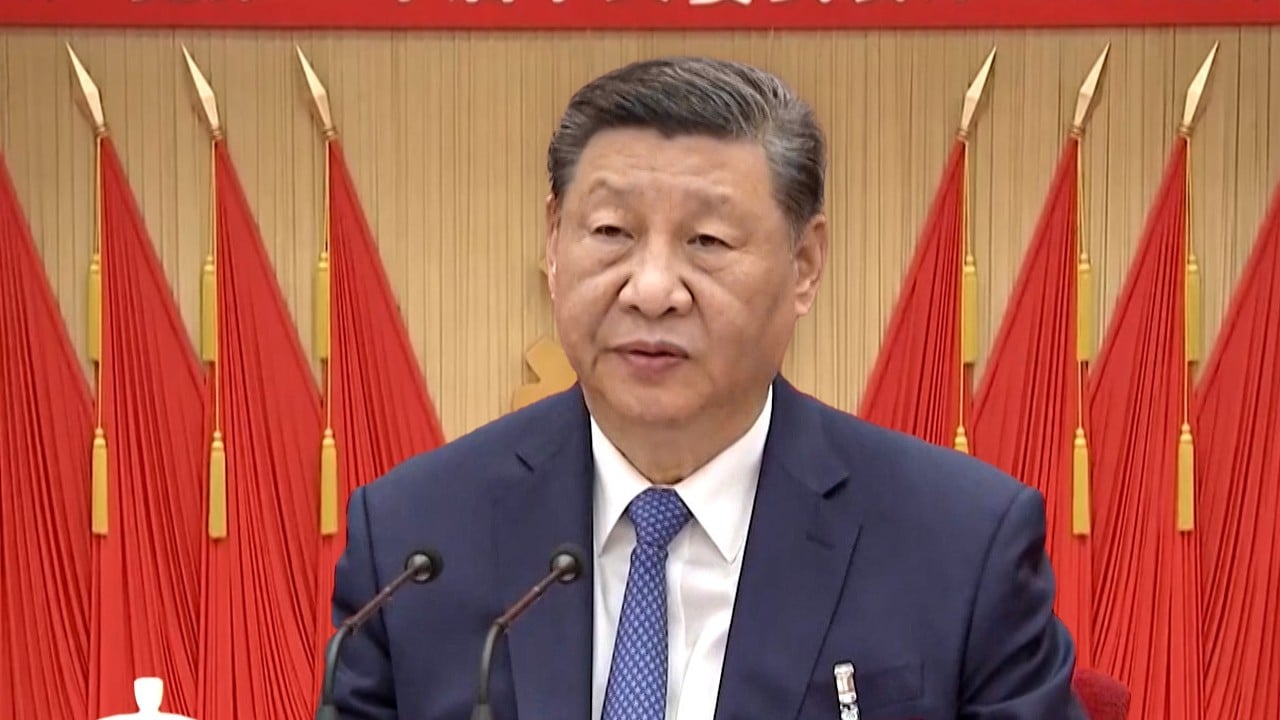Shanghai to implement policies to boost Yangtze River Delta, galvanised by third plenum

He did not elaborate on the policies Shanghai, Zhejiang, Jiangsu and Anhui plan to implement soon, but said tax incentives, reduced red tape and a cut in road toll fees could effectively improve business morale, as well as buoy production and trade.
Zhang said the documents published after the plenum will serve as a guideline to implement reforms on various fronts, including development of YRD. Detailed operating guides will be published to enforce the policy direction, he added.
The four-day plenary session of the party’s more than 300-strong core Central Committee concluded last Thursday.
The plenum – arguably the most important of the seven party gatherings held over a five-year cycle – has typically been held in October or November in the past four decades. The plenums are usually a platform for Beijing to give clear signals on where the country is heading.
The YRD region accounts for about a quarter of the nation’s total economic output. Integration of the region, which encompasses an area with a population of 240 million, is a national strategy initiated by President Xi Jinping in November 2018.
Last November, Xi chaired a meeting of officials from Shanghai, Jiangsu, Zhejiang and Anhui provinces, urging them to combine efforts to reinforce the development of the Yangtze River Economic Belt, one of the president’s signature projects.
The meeting, held during his three-day visit to Shanghai, was also attended by ministry-level officials from Beijing.
The YRD is seen as a rival to the Greater Bay Area that comprises nine mainland cities in the southern Guangdong province, plus Hong Kong and Macau. The two economic zones will compete as they open up their markets to lure talent and capital.
A YRD integration demonstration area, established in 2019, is now implementing reform measures such as a unified medical system, concerted efforts to build highways and allocate land resources, which, if successful, will be copied to other parts of the region.
The 2,413 sq km pilot zone is located at the intersection between Shanghai and the eastern provinces of Zhejiang and Jiangsu.
“Reform and innovation will hold the key to the region’s success,” Zhang said. “More policies to liberalise the market are expected to drive further growth.”


